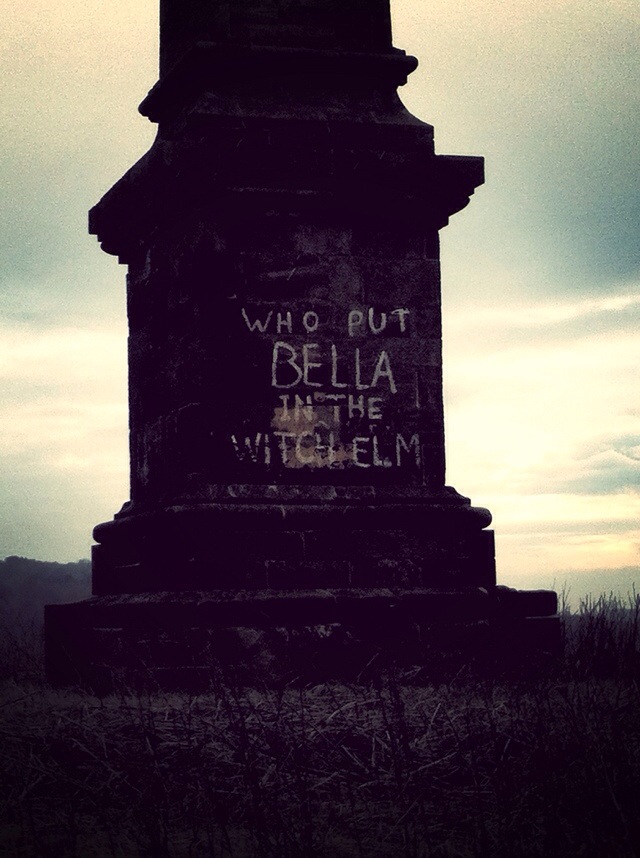
A Mystery In Hagley Wood
On April 18, 1943, four boys were out poaching in Hagley Wood, located in the village of Hagley in Worcestershire, England. There, they found a witch-hazel tree (sometimes mistaken for a wych elm), which they thought would serve as a good place to hunt for bird nests. One of the boys, Bob Farmer, climbed up to check it out.
That’s when he found a hollow opening in the tree’s trunk. A pair of empty eye sockets from within stared back at him, and at first he thought it was just the skull of an animal. He reached in and picked it up.
It was human.
A small fragment of skin and hair clung to its rotted surface, and crooked human teeth were clearly visible. Farmer dropped the skull back into the hollow trunk, and the four boys ran back to town.
Since they found the skull while out illegally poaching, they agreed to keep quiet about their haunting discovery. However, the youngest boy, Thomas Willetts, was so disturbed that he eventually told his parents, who then contacted the police.
When police arrived at the tree, they found more than just a skull. Inside the hollow trunk, they discovered a nearly complete human skeleton, along with a pair of crepe shoes, a wedding ring, and some fragments of clothing. They also found a severed hand buried near the tree.
Upon further examination, the body was found to be that of a 35-year-old female. Taffeta, a type of woven fabric, was located in her mouth, indicating probable death by asphyxiation. The autopsy also confirmed that she had been dead for at least 18 months, which would mean she died sometime around October 1941. She was likely placed within the tree shortly after death.
The final conclusion by forensic scientist Professor James Webster was murder, most likely by asphyxiation.
Unidentified
That, however, was not the end of the story.
To this day, the identity of the woman found in Hagley Wood remains a mystery, as does the reason for her death.
There are various theories, including the possibility that she was an immigrant who became entangled in a German spy ring, and was later silenced (or that her parachute failed while diving into the West Midlands, though that theory has its own problems).
There’s a stranger theory, as well. If you remember, one of the woman’s hands was found severed and buried near the witch-hazel tree. This led some to believe that her death was actually the result of a black magic execution.
Why? Well, there’s something called the “Hand of Glory,” which is a nice way to describe the severed hand of a hanged man, which is then dried and pickled and thought to hold certain magical powers for its owner.

the twist
If you can believe it, the story takes one last peculiar turn.
In December 1943, mysterious graffiti began to appear throughout the West Midlands, written on walls and eventually upon the stone obelisk at Hagley Hall. The first read, in white chalk, “Who put Luebbella down the wych-elm?” The question changed in later graffiti, though it seemed to be written by the same hand: “Who Put Bella In The Wych Elm?”
Why Bella? Did the person writing the graffiti know something about the murder? Was it perhaps a reference to witchcraft (as belladonna, or deadly nightshade, is associated with witchcraft)? Could the writer simply have meant “Bella” as in “beautiful?” No one knows, and the person never came forward. But throughout the years, others have taken to writing the question in white chalk on stone surfaces, usually during the night when no one is watching. It’s become something of a tradition in the area.
source: strange dimensions
Originally posted 2013-11-18 22:37:13. Republished by Blog Post Promoter

![20131118-233527[1]](https://coolinterestingnews.com/wp-content/uploads/2013/11/20131118-2335271.jpg)












